Physical Address
304 North Cardinal St.
Dorchester Center, MA 02124
Physical Address
304 North Cardinal St.
Dorchester Center, MA 02124
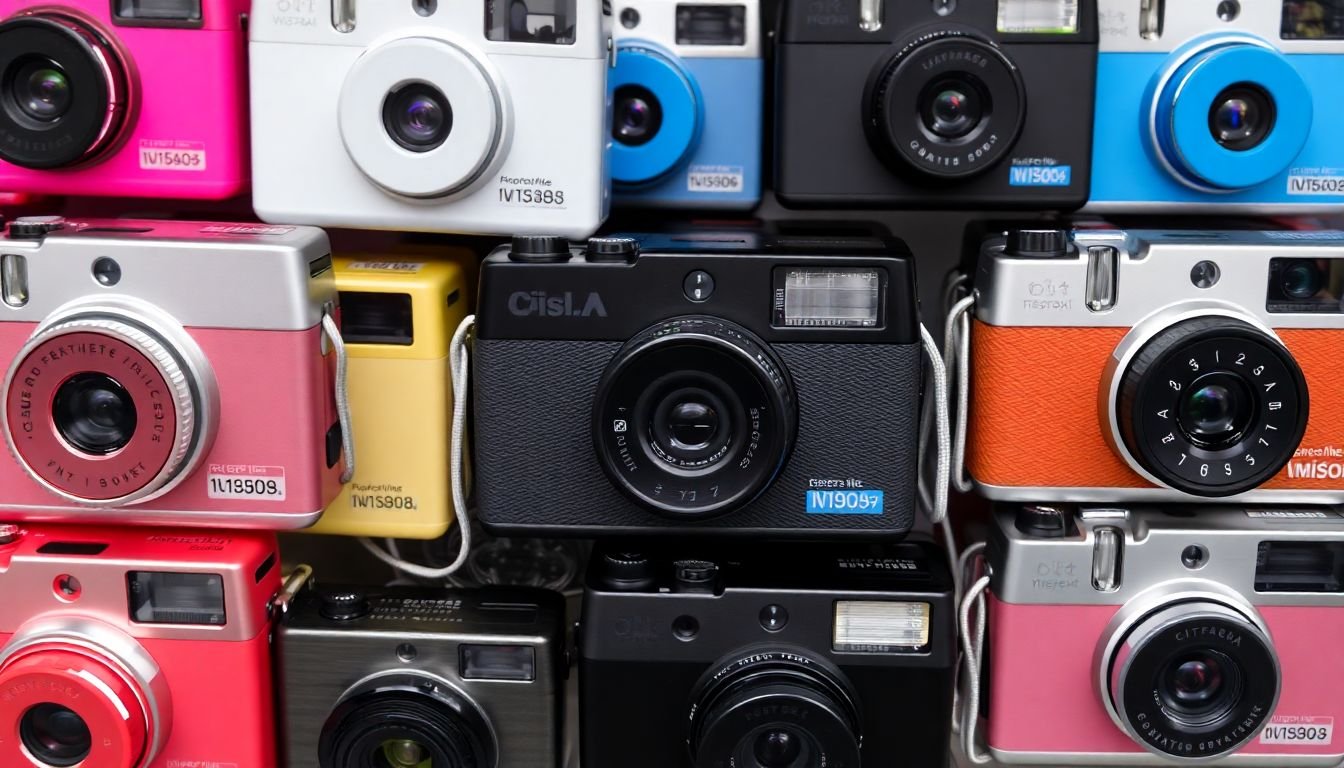
Remember the days when you’d snap a photo and have no idea what it looked like until you got the film developed? Disposable cameras are reviving that sense of surprise and wonder. But as they regain popularity, people often ask: Are all disposable cameras the same?
It turns out, they’re not. While the basic concept of a single-use camera remains the same, the variety in features, brands, and even the quality of images they produce can vary quite a bit.
So, if you’re curious about whether all disposable cameras offer the same experience, let’s take a closer look.
A disposable camera is a simple, one-time-use camera preloaded with film. Unlike traditional cameras, you don’t have to worry about replacing the film or charging the battery. Once you’ve snapped all the pictures, you hand the entire camera over to a developer to process the film. It’s quick, easy, and fun, especially for people who don’t want to deal with the complexities of digital photography or more advanced film cameras.
Disposable cameras typically have a fixed lens, a simple shutter mechanism, and are preloaded with film (usually 35mm). Most models come with a built-in flash, making them versatile for different lighting situations. You take pictures until the film roll is used up, and then the entire camera gets sent off for developing.
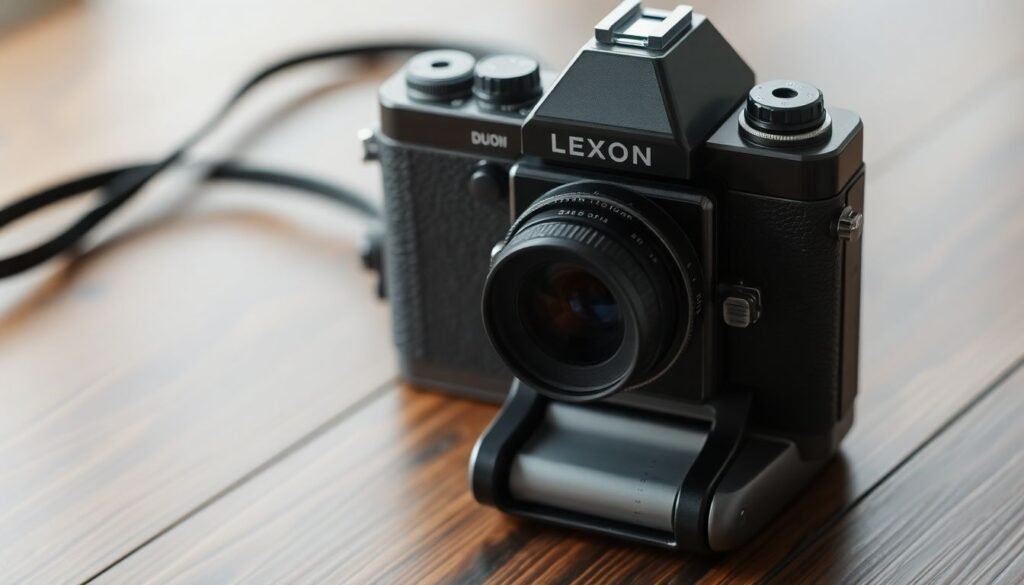
While the concept behind these cameras remains simple, there are several types to choose from, depending on your needs.
These are the most common type of disposable cameras. They come with basic film preloaded, usually around 27 exposures, and are designed for quick, easy photography.
These are perfect for vacations or events by the water. Waterproof models are specially designed to handle moisture, making them great for underwater photography or rainy-day adventures.
Some disposable cameras come with a built-in flash, which is essential for taking pictures in low-light conditions. Non-flash models are typically used in well-lit environments but may struggle indoors or at night.
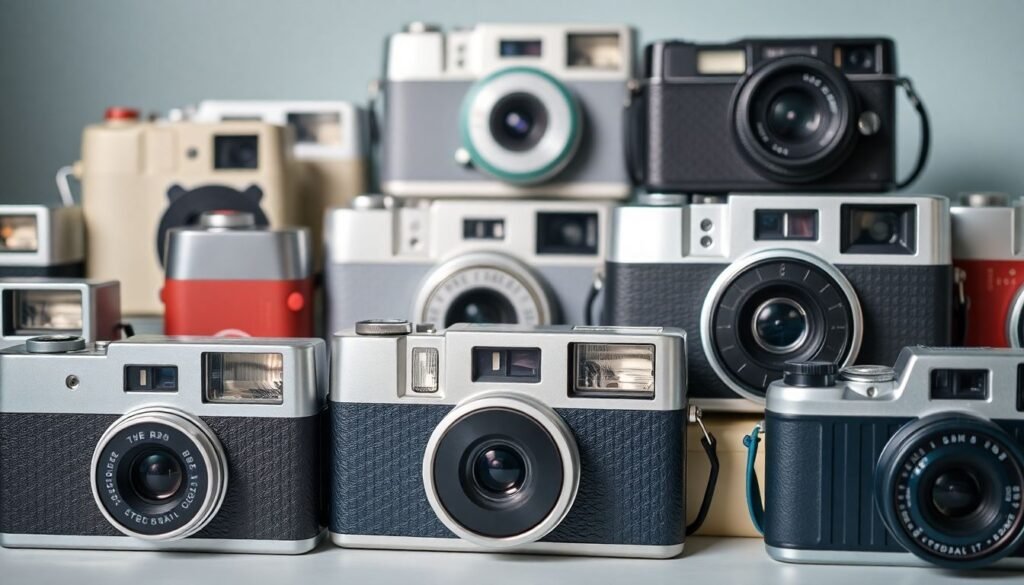
Not all disposable cameras are created equal. The brand you choose can significantly impact the quality of your photos.
Fujifilm is one of the most recognized names in disposable cameras. Their cameras are known for vibrant color reproduction and reliable performance, especially in outdoor settings. Many of their models come with a high-quality flash for better low-light photos.
Kodak is another well-known brand in the world of photography. Kodak’s disposable cameras tend to emphasize sharpness and accurate skin tones. Their models are versatile, performing well both indoors and outdoors, particularly with the inclusion of a powerful flash.
There are also many off-brand disposable cameras available. While these might be cheaper, they often lack the quality control and consistency of the bigger names. However, they can still be fun for casual use or events where picture quality isn’t a primary concern.
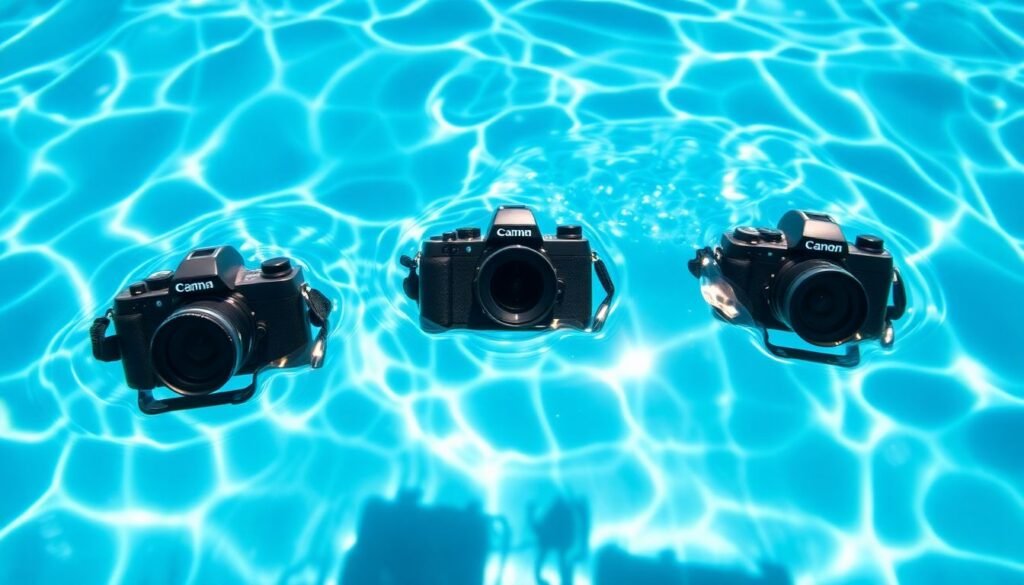
One of the most significant differences between disposable cameras is the film quality. Some cameras use higher-quality film that produces sharper images and better color reproduction, while others may result in grainier or less vibrant photos.
Some disposable cameras use film with finer grain, which results in smoother, clearer photos. Others may use coarser-grain film, which can create a more textured, vintage look.
The way a camera’s film captures colors can also vary. Some cameras, like those from Fujifilm, tend to enhance greens and blues, making them great for outdoor shots. Kodak, on the other hand, often excels at producing natural skin tones, making them ideal for portraits.
Not all disposable cameras come equipped with a flash. The ones that do can vary in the power and range of their flash. Some might only illuminate subjects a few feet away, while others can cover a larger area, making a big difference in low-light settings.
The effectiveness of the flash can make or break a photo, especially in indoor or nighttime situations. Some cameras are powered by long-lasting batteries that can maintain flash performance for the entire roll, while cheaper models may see diminishing flash capabilities as you near the last few shots.
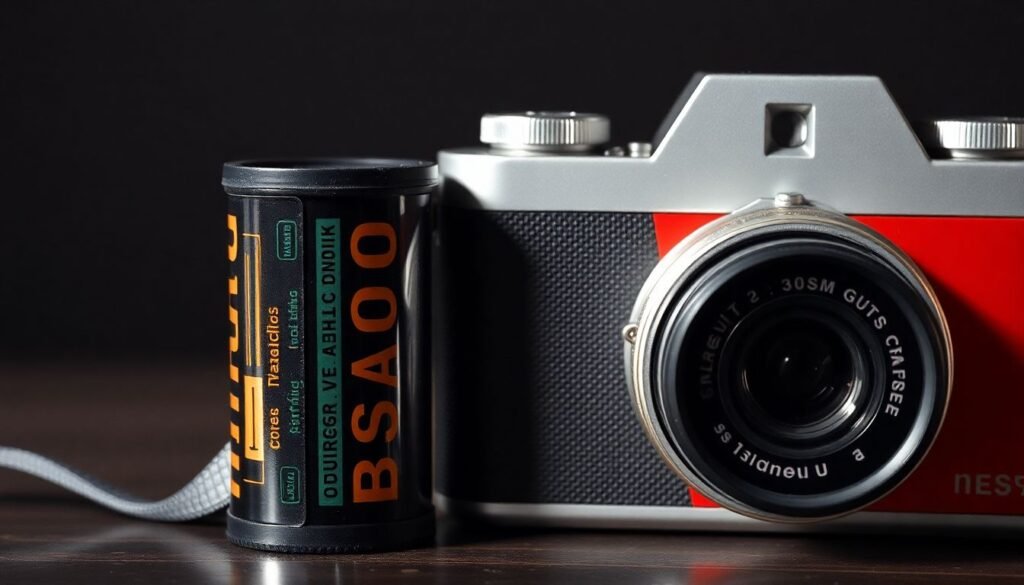
Disposable cameras generally perform better in natural light. The quality of your outdoor photos will often surpass those taken indoors unless you’re using a model with a strong flash.
Natural sunlight provides the best conditions for disposable cameras, allowing for sharp, vibrant images. Indoors, without adequate lighting or a flash, images can appear dark or grainy.
For outdoor use, disposable cameras excel in bright, sunny environments. Beaches, parks, and scenic landscapes are ideal, as the cameras capture the warmth of natural light beautifully.
If you’re planning to take your camera to the beach or underwater, a waterproof disposable camera is the way to go. These cameras are designed to withstand water and still produce clear, bright photos. While they are typically more expensive, they open up opportunities for unique photography experiences, like snorkeling or poolside fun.
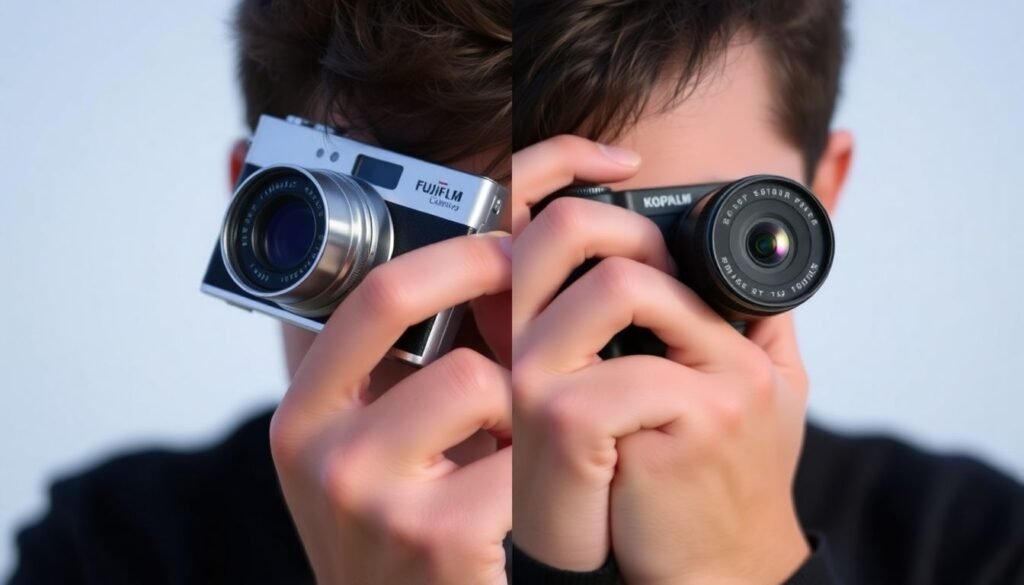
Disposable cameras are generally affordable, but the price can vary depending on the brand and features. Fujifilm and Kodak models tend to be slightly more expensive than off-brand options but often justify the price with better image quality and reliability.
While cheaper models are fine for casual events, investing a little more in a camera from a reputable brand can make a big difference in your photo quality. Consider what you’re using the camera for—special occasions might warrant spending a bit more.
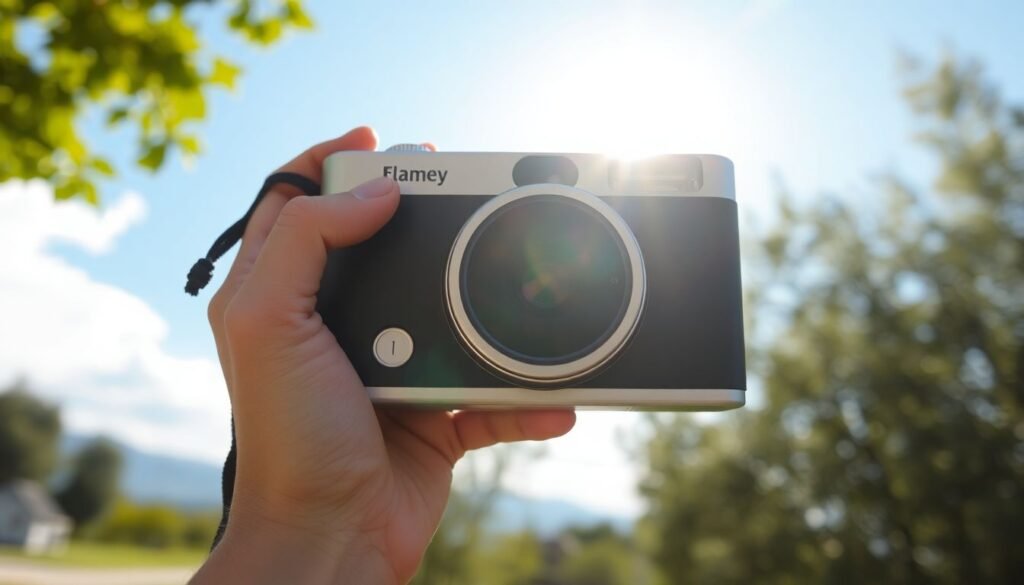
Since disposable cameras are typically made of plastic, their durability can vary. Some are designed to withstand rugged environments better than others. Waterproof models, for example, tend to have sturdier builds, protecting the camera’s inner workings from moisture and physical damage.
Most disposable cameras come with either 24 or 27 exposures, meaning you can take that many pictures before the camera is used up. Some specialty models offer more, but in general, expect to get about two dozen photos per camera.

One of the biggest appeals of disposable cameras is the nostalgia factor. There’s something fun and exciting about not being able to instantly see your photos, waiting for them to be developed, and reliving the memories once they’re printed. It’s a throwback to a simpler time, before digital filters and editing.
One downside of disposable cameras is their environmental impact. Since they are designed for one-time use, they generate waste. Some companies have started initiatives to recycle the cameras, but they are still not as eco-friendly as reusable digital or film cameras.
Many major brands like Kodak and Fujifilm offer recycling programs for their disposable cameras, helping to reduce waste and give the cameras a second life.
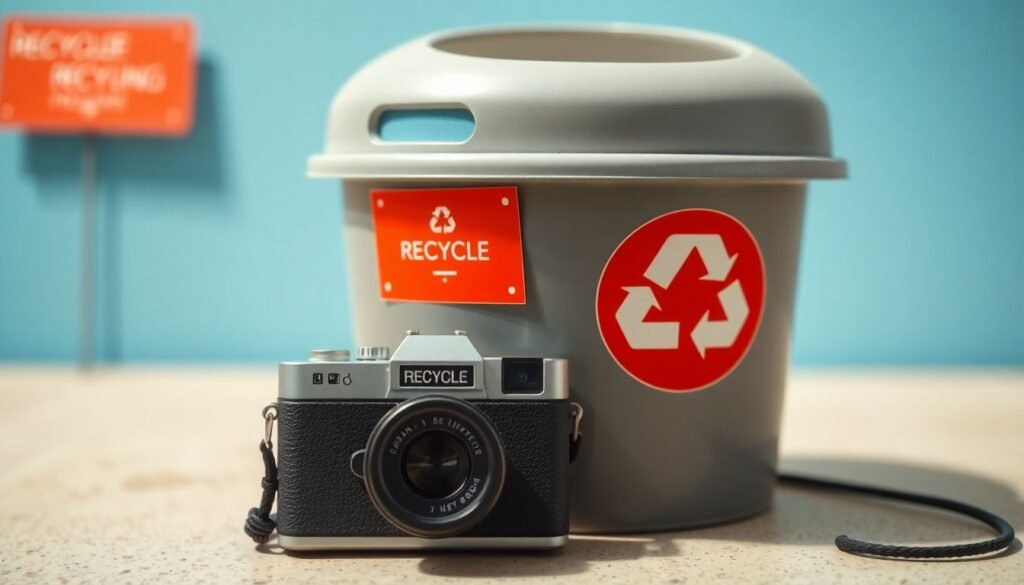
Disposable cameras are great for casual photography. They’re perfect for weddings, parties, and outdoor events where you want to capture candid moments without worrying about damaging expensive equipment. Their simplicity also makes them great for children or beginners.
So, are all disposable cameras the same? Not at all! From the type of film to the presence of a flash and even waterproof capabilities, there’s a wide range of options available. Brands like Fujifilm and Kodak offer higher quality and more reliable results, while cheaper models may still provide a fun, if unpredictable, experience. Ultimately, the right disposable camera for you depends on your needs, preferences, and the situations you’ll be using it in.
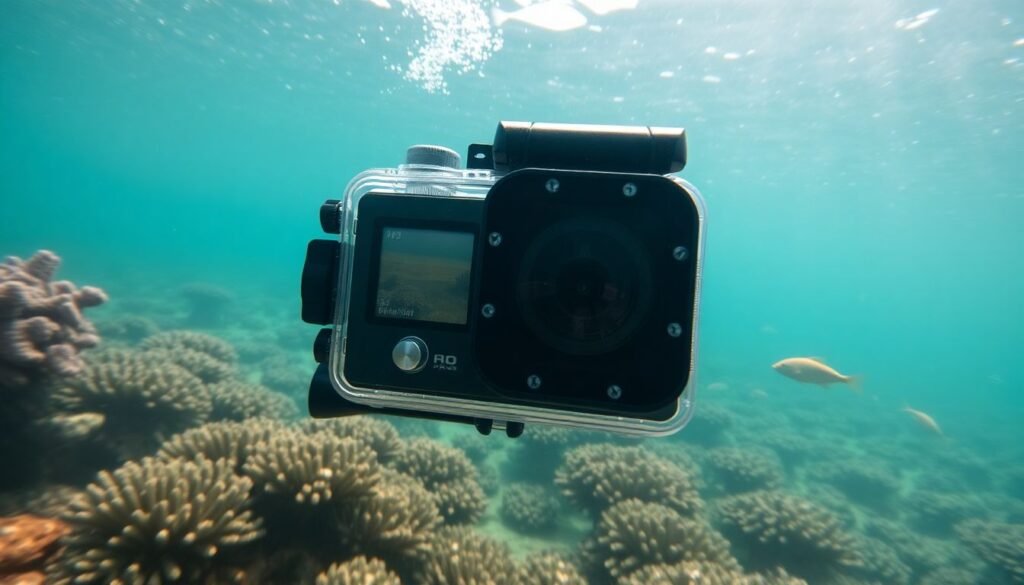
Can you reuse disposable cameras?
No, disposable cameras are designed for one-time use only. Once you finish the roll of film, you need to get the film developed and dispose of the camera.
Do all disposable cameras come with a flash?
No, some models do not have a flash. Make sure to check if the camera has one, especially if you plan to take pictures in low-light environments.
How many photos can a disposable camera take?
Most disposable cameras offer 24 to 27 exposures per camera.
Are waterproof disposable cameras worth it?
Yes, if you plan to take pictures in wet or underwater conditions. They are built to handle moisture and can still take clear pictures even underwater.
What is the cost of developing disposable camera film?
Developing film from a disposable camera can cost anywhere from £10 to £20, depending on where you get it developed and the number of exposures.